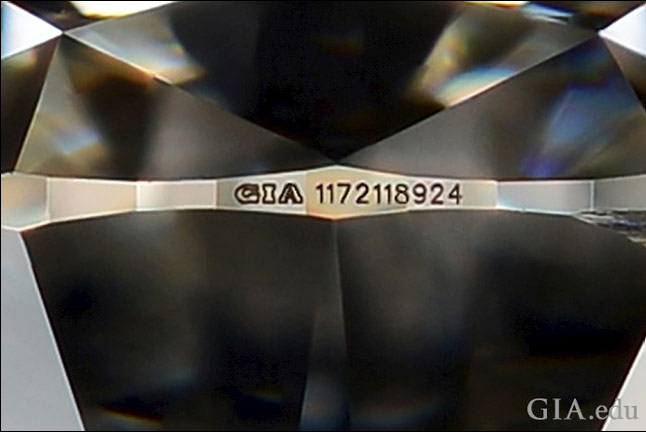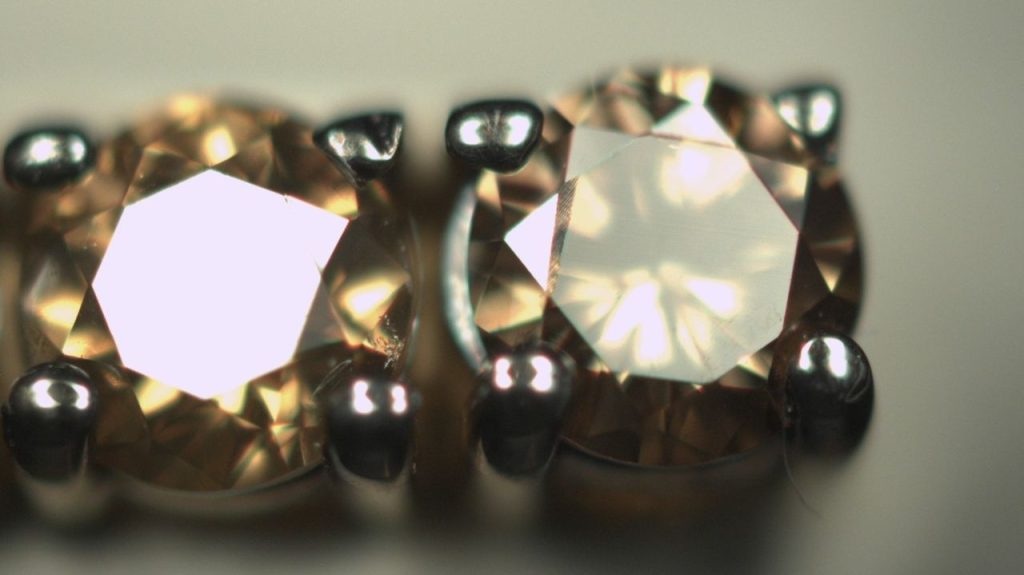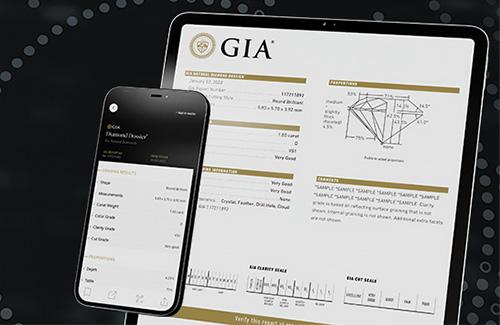
GIA is to close its lab in Ramat Gan, Israel, saying it is no longer “financially sustainable”.
The facility, which opened in August 2012, will close by the end of this year. Submissions will be sent to GIA labs elsewhere, with no additional shipping costs, the lab said in a press statement.
GIA was not able to say at this stage which other labs it would use (Dubai is the closest), or how much extra time that would take.
“Despite reductions in operating costs and reduced staffing through attrition, the laboratory is not financially sustainable,” said GIA, which grades the majority of the world’s polished diamonds.
“The GIA laboratory in Ramat Gan, Israel, will end operations by the end of 2024 due to changes in the global diamond industry that resulted in significant declines in submissions from local clients over the last several years.”
GIA closed its Antwerp lab in July 2022, citing “limited demand for services and financial performance that did not support continued operations”.
It also has labs in Bangkok, Hong Kong, Mumbai, Surat, Tokyo, Carlsbad, New York, Dubai, Gaborone and Johannesburg, according to its website.
From 17 November submissions to the Ramat Gan laboratory will be sent elsewhere. “GIA is working to establish a third-party process to accept submissions from walk-in clients in Ramat Gan for service in other GIA laboratories,” the lab said.
Source: IDEX







